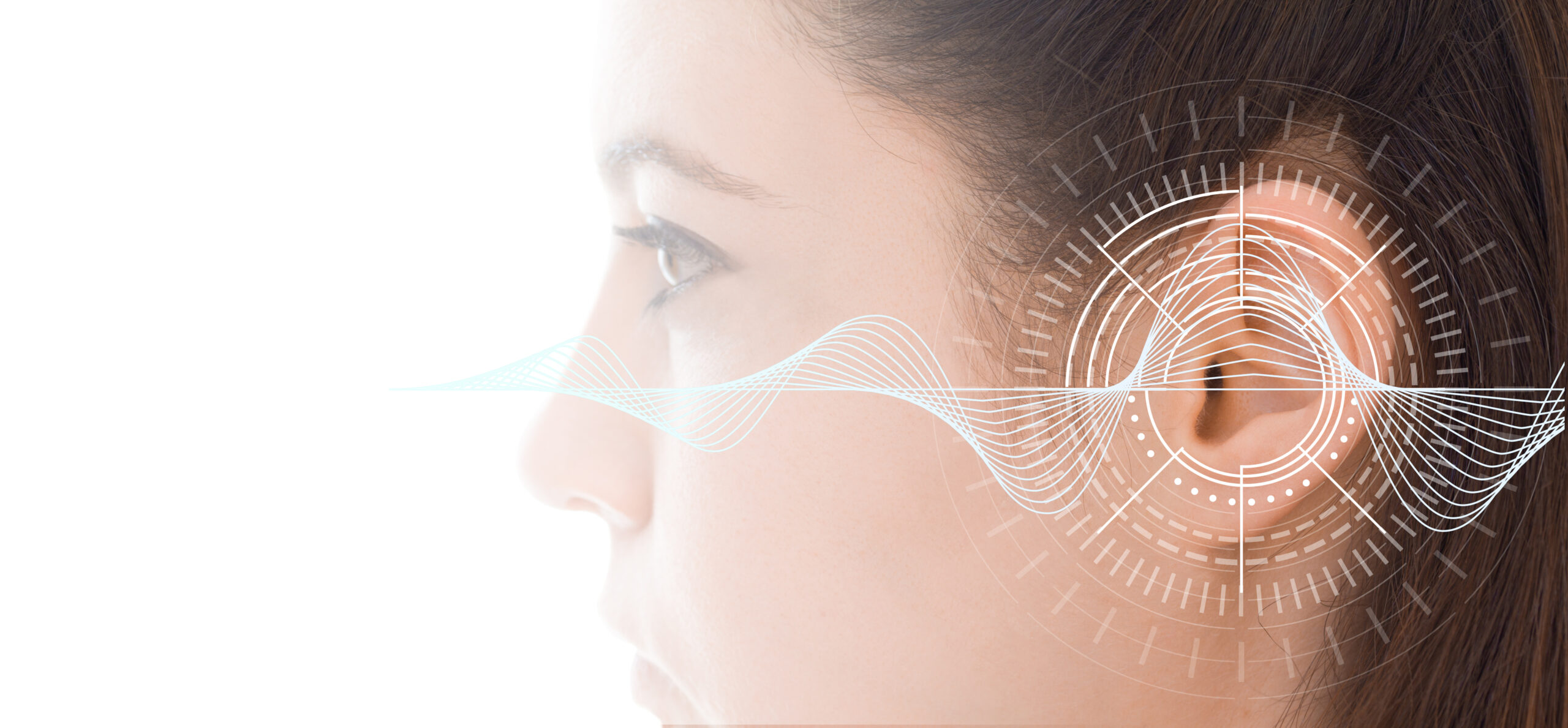Protect your employees from noise at work
Every employer is required by law to protect employees from health hazards, including noise. Especially in industry, employees are often exposed to the cumulative noise of many machines at the same time. In Germany, there are certain limits and regulations for noise levels in the workplace that must be adhered to.
Legal basics:
According to DIN EN ISO 11690 Part 1, operators/employers must ensure that noise exposure at workplaces does not exceed certain levels:
- Industrial workplaces: <80dB(A)
- Hearing protection is required from 85dB(A)!
- Office work: <55dB(A)
- Activities requiring special concentration: <45dB(A)
The “Ordinance on the Protection of Employees from Risks Arising from Noise and Vibration” (LärmVibrationsArbSchV) and the “Ordinance on Occupational Health Prevention” (ArbMedVV) provide information on risk assessment and measurement. Noise is measured close to the worker’s ear, often using a sound dosimeter.
According to the Machinery Directive (MD), machine manufacturers are obliged to measure the sound pressure level of their system using a measurement method (e.g. EN ISO 3746) and to state this in their documentation.
From a measured value of >85dB(A), both the sound pressure level (Lpa) and the sound power level (Lwa) must be stated.
2006/42/EC of June 9, 2006, section 1.7.4.2.u, valid from January 1, 2010:
Workplace-related emission level
|
Workplace-related emissions level Spl |
Required data |
|
|
98/37/EG from June 22, 1998 |
2006/42/EG from June 9, 2006 (valid from 1.1.2010) |
|
|
< 70 dB(A) |
< 70 dB(A) |
Lpa < 70 dB(A) or Lpa = … dB(A) |
|
71 – 85 dB(A) |
71 – 80 dB(A) |
Lpa = … dB(A) |
|
> 85 dB(A) |
> 80 dB(A) |
Lpa = … dB(A) and Lwa = … dB(A) 1) |
Table 1: Sound emission values according to EG machine guideline.
Extraneous noises and the room itself (reflexing parts) are not calculated in the workplace-related emission level SPL. However, it contains susceptible supplements for measuring accuracy.
1) Lwa: Sound power level
If a machine is not part of exactly one workplace (e.g. a filter and extraction system), the measuring of noise emissions will be those of the system itself. The data does not evaluate the noise emissions within the room.
Sound level basics
The sound power level (LW) indicates the sound power W radiated by a sound source and is measured logarithmically.
LW=10logW/W0 [dB]
W0 is defined as 10-12 W (or 1 pW, reference sound power). If the total sound power is distributed over an area of 1m2 (e.g. a hemisphere with a radius of r = 0.4 m), the sound power level and the sound pressure level at this distance are numerically the same. If the sound power level is given in dB(A), the following two notations are permissible: LWA in dB or LW in dB(A).
Sound emission measurements on machines, Suvapro, Lucerne
It is not technically possible to measure the noise emission of a single system in a workplace using normal measuring instruments, since the environmental factors cannot be excluded from the measurement. These measurements will therefore never match the machine manufacturer’s specifications.
Important: In a room in which several machines are operated, the higher the sum of all sound power levels, the louder it will be. However, sound levels cannot be calculated in the same way as normal numbers – there is a logarithmic relationship.
For example: Machine 1: 80db(A) + Machine 2: 80dB(A) = 83dB(A)
Note: An increase in sound level of 10dB(A) is perceived as a doubling of the noise. People find low frequencies less annoying than high frequencies.
The machines should always be arranged so that the sound radiation is not directed towards the worker. Soundproof walls and special soundproof ceilings provide additional insulation.
Sources: BGHM – DGUV Information 209-023, Machinery Directive 2016/42/EC
Optimizing noise levels at the workplace
- Place the extraction system at least 2 meters away from the operator.
- Set up the system behind other machines or walls.
- Reduce the suction power to reduce noise levels and energy consumption. Often a 10% reduction in suction power will have a positive effect on noise levels and save a lot of energy.
- Sharp edges, high flow velocities, and turbulence create unpleasant noise and greatly reduce extraction efficiency.
- Use pipes, hoses, or silencers to direct exhaust away from workstations.
- Switch off the extraction system during breaks or reduce the suction power.
- Let the TBH team advise you.
Practice – two different worlds:
Machine manufacturers test their machines individually. In practice, however, they are used in rooms of different sizes and in combination with other machines. Machine operators need to take into account all environmental conditions in their measurements to ensure the health of their employees.
Machine manufacturers are not required to include ambient conditions in their sound level measurements. This is the responsibility of the operator, who is responsible for the entire workplace.
Machine manufacturer: Noise emitted by individual equipment
Operators: Noise immission on the employee
Conclusion
The sound pressure level specified by the machine manufacturer cannot be used 1:1 to assess the noise exposure at the workplace. All sound sources and spatial influences must be taken into account to determine the actual noise exposure and to take appropriate measures to protect employees.
For detailed advice and customized solutions for noise reduction in the workplace, please contact us.
Do you have any further questions?
Please call us at +49 (0) 7082/9473-0 or send us an e-mail to info@tbh.eu.

